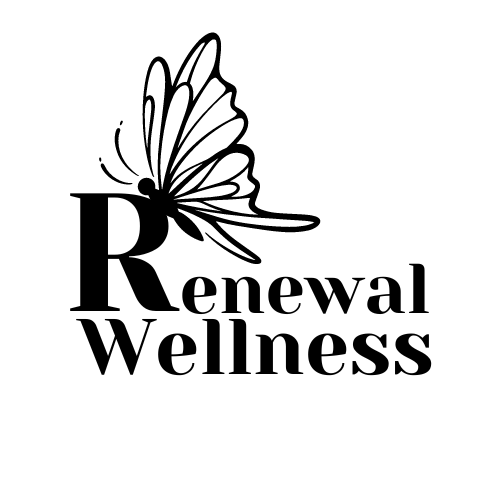Frequently Asked Questions
What is Oriental Medicine?
While it is referred to as Alternative Medicine, the Eastern Healing Arts have been around for more than 3000 years. Why? Because they work. Unlike western medicine, which is based primarily on relief of symptoms or treatment for specific illnesses and ailments, the Eastern Healing Arts focuses on establishing balance in your life and gaining wellness through that balance.
Eastern medicine is based upon a Yin and Yang. They must each play their appropriate role. When the person suffers an ailment, illness, or physical disturbance within the body, Oriental healers believe those disturbances are cause by an imbalance of some kind.
The science occurs when the practitioner determines what is out of balance and why. Then, working directly with the patient, determines the best course of action for bringing those elements back into the required balance.
Why is it called Oriental Medicine?
Traditional, western medicine uses a combination of medications and interventional procedures in an effort to correct the error. This involves introducing chemical compounds into the body which often have harsh side effects or reactions to either the active ingredients or the other components of the medication. Interventional techniques such as surgery, can cause additional trauma and stress to the body leading to long recovery times and sometimes short or long term disabilities.
Oriental medicine provides different approaches to wellness and care. Through use of acupuncture, herbal therapy, and lifestyle modifications the patient can find that balance without the negative effects.
How does acupuncture work?
Acupuncture is a process of inserting hair-thin needles into select points in the skin known as meridians. These points innervate with areas of the body identified as trouble spots. The process, which is relatively painless, redirects the body’s natural energies to bring the impacted regions back into alignment.
Most treatments take less than an hour and patients often express immediate relief. And, there is no recovery time or negative after effects. While some ailments can be treated with one or two visits, more complicated situations may require multiple treatments and other interventions.
How are the acupuncture points chosen?
Specific areas of the body known as acupuncture points, have been shown to be concentrations of high activity that connect to other parts in the body. Acupuncture does not add anything into the body, it inserts a temporary needle into a point called a cave or Xue in Chinese, which causes the body to either expand, contract, speed up, slow down, warm up, or cool down depending on the point and how it is used.
What is tongue and pulse?
During a Chinese Medicine intake, the practitioner analyzes your tongue and pulse for diagnosis. This ancient diagnostic method was employed since the Chinese didn't have access to modern technology to examine the internal body. Instead, they focused on areas that provide insights into the internal terrain.
The tongue, being a highly vascularized muscle not covered by skin like other muscles, conveniently reveals the vascularization and condition of the internal body. By observing the color, shape, texture, and coating of the tongue, practitioners can gauge its circulation. Similar to how fingers turn white in the cold due to reduced blood flow, a less-than-ideal circulation might appear as a whiter tongue. Conversely, if there is heightened activity or inflammation in the body, similar to how a healing area turns red, the tongue may appear more red to reflect such conditions.
While the tongue serves as a long-term diagnostic marker, the pulse offers real-time information about the movement of blood within the body. Chinese Medicine practitioners possess an extensive pulse map that not only considers the pulse rate but also assesses its depth, width, strength, and various qualities. Over centuries of pragmatic analysis, predictable patterns of pulse movement and its association with different stages of illness have been established. This information guides the practitioner's treatment approach and helps determine if the intended effects have been achieved.
By studying these diagnostic factors, Chinese Medicine practitioners can effectively guide treatment plans and assess their ongoing impact on the body's overall health. Through appropriate treatment, the pulse can be influenced positively, contributing to the restoration and maintenance of good health.
